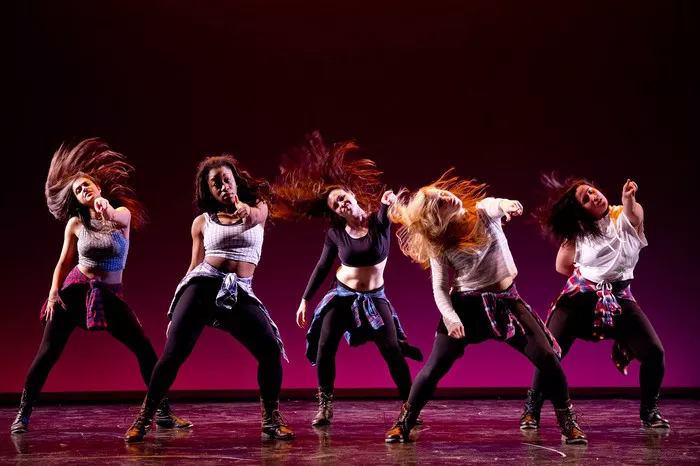Jazz Funk is a musical genre that has been captivating audiences for decades. Its infectious rhythms, soulful melodies, and energetic grooves make it a unique and influential style within the broader world of jazz music. In this article, we will dive deep into the world of Jazz Funk, exploring its origins, key characteristics, notable artists, and its enduring impact on the music industry.
The Origins of Jazz Funk
To understand the essence of Jazz Funk, we must first delve into its origins. The roots of this genre can be traced back to the mid-20th century when musicians began experimenting with blending the improvisational nature of jazz with the rhythmic intensity of funk. This fusion gave birth to a new sound that was characterized by syncopated rhythms, tight basslines, and a strong emphasis on groove.
One of the earliest pioneers of Jazz Funk was Hammond B-3 organist Jimmy Smith. His 1960 album, “Back at the Chicken Shack,” is often considered a seminal work in the genre. Smith’s use of the organ’s rich, earthy tones combined with his impeccable sense of timing laid the groundwork for the funky side of jazz.
Funk: The Groove that Defines Jazz Funk
At the heart of Jazz Funk lies the concept of funk itself. Funk is a genre of music that places a heavy emphasis on rhythm and groove. It originated in African American communities in the 1960s and quickly gained popularity for its danceable beats and infectious melodies. Funk music often features repetitive basslines, syncopated drum patterns, and the use of instruments like the electric bass and clavinet to create a distinctive, percussive sound.
In Jazz Funk, the incorporation of funk elements is essential. Musicians in this genre use the funk groove as a foundation upon which they build complex jazz improvisations. The combination of these two musical worlds results in a style that is both accessible and intellectually stimulating.
Jazz Meets Funk: A Harmonious Marriage
What sets Jazz Funk apart from other jazz subgenres is its ability to seamlessly blend the harmonic sophistication of jazz with the rhythmic intensity of funk. Jazz musicians have always been known for their mastery of complex chord progressions and improvisational skills. When these elements are fused with the infectious funk groove, the result is a musical experience that appeals to both the mind and the body.
In Jazz Funk, the interplay between instruments is crucial. The rhythm section, consisting of drums, bass, and often a rhythm guitar, lays down the funk groove, while the horns and keyboards provide the harmonic and melodic layers. This dynamic interaction between musicians creates a sense of musical tension and release, keeping listeners engaged from start to finish.
The Rise of Jazz Funk in the 1970s
The 1970s saw the explosion of Jazz Funk into the mainstream. Artists like Herbie Hancock and George Benson released albums that incorporated elements of funk into their jazz compositions. Hancock’s album “Head Hunters,” released in 1973, is a prime example of this fusion. It featured tracks like “Chameleon,” which became instant funk classics.
During this period, the electric bass guitar became a central instrument in Jazz Funk, thanks to innovators like Jaco Pastorius. Pastorius’s virtuosic bass playing added a new dimension to the genre, pushing the boundaries of what was possible with the instrument.
Funky Grooves on the Dance Floor
One of the defining features of Jazz Funk is its danceability. The infectious funk rhythms and grooves make it impossible to resist moving to the music. Clubs and dance floors became natural habitats for Jazz Funk enthusiasts. The genre’s popularity in dance clubs helped it reach a wider audience, ensuring its lasting impact on the music scene.
Notable Jazz Funk tracks like “Chameleon” by Herbie Hancock and “Cissy Strut” by The Meters became anthems on the dance floor. The combination of jazz improvisation and funk rhythms created a unique sonic landscape that was both intellectually stimulating and physically invigorating.
The Legacy of Jazz Funk
While the heyday of Jazz Funk was in the 1970s, its influence continues to be felt in contemporary music. Artists like Robert Glasper and Snarky Puppy are carrying the torch, pushing the boundaries of the genre and infusing it with modern sensibilities.
In the world of hip-hop, Jazz Funk has also left an indelible mark. Producers and beatmakers often sample Jazz Funk tracks to create the infectious beats that underpin many hip-hop songs. This cross-pollination of genres has given rise to a subgenre known as “jazz rap,” further cementing Jazz Funk’s place in modern music.
Funk: The Soul of Jazz Funk
At the heart of Jazz Funk is the concept of funk itself. It’s not just a genre; it’s a feeling, a groove, and an attitude. Funk music is characterized by its ability to make you move, to make you feel good, and to connect with your soul on a deep level.
In Jazz Funk, this funk spirit is elevated to new heights. The musicianship, the improvisation, and the sheer joy of playing combine to create a musical experience that is truly special. It’s the funk that makes you tap your foot, nod your head, and smile uncontrollably.
Conclusion
In conclusion, Jazz Funk is a genre that thrives on the rhythmic vitality of funk and the harmonic complexity of jazz. It’s a musical fusion that has endured for decades, captivating audiences with its infectious grooves and soulful melodies. From its origins in the mid-20th century to its influence on contemporary music, Jazz Funk remains a dynamic and vital force in the world of music.
As we celebrate the legacy of Jazz Funk, let us not forget the power of funk itself—the groove that defines this genre and keeps us coming back for more. So, the next time you find yourself tapping your foot to a funky beat, remember that you’re experiencing the magic of Jazz Funk, where jazz meets funk in perfect harmony.

